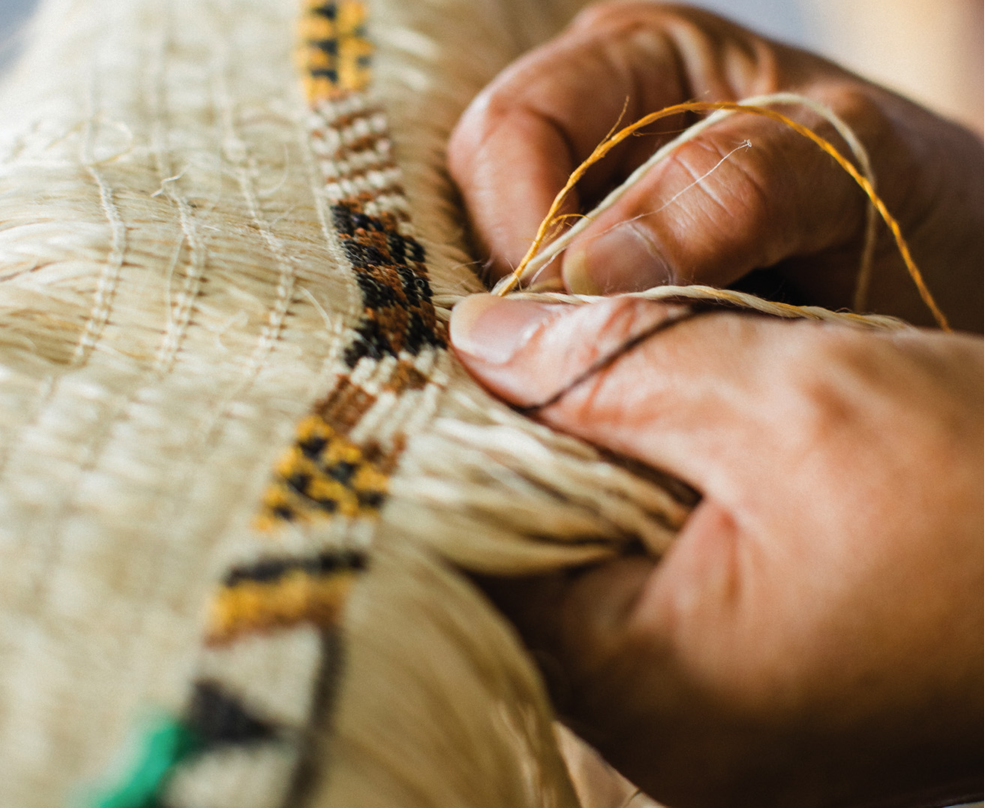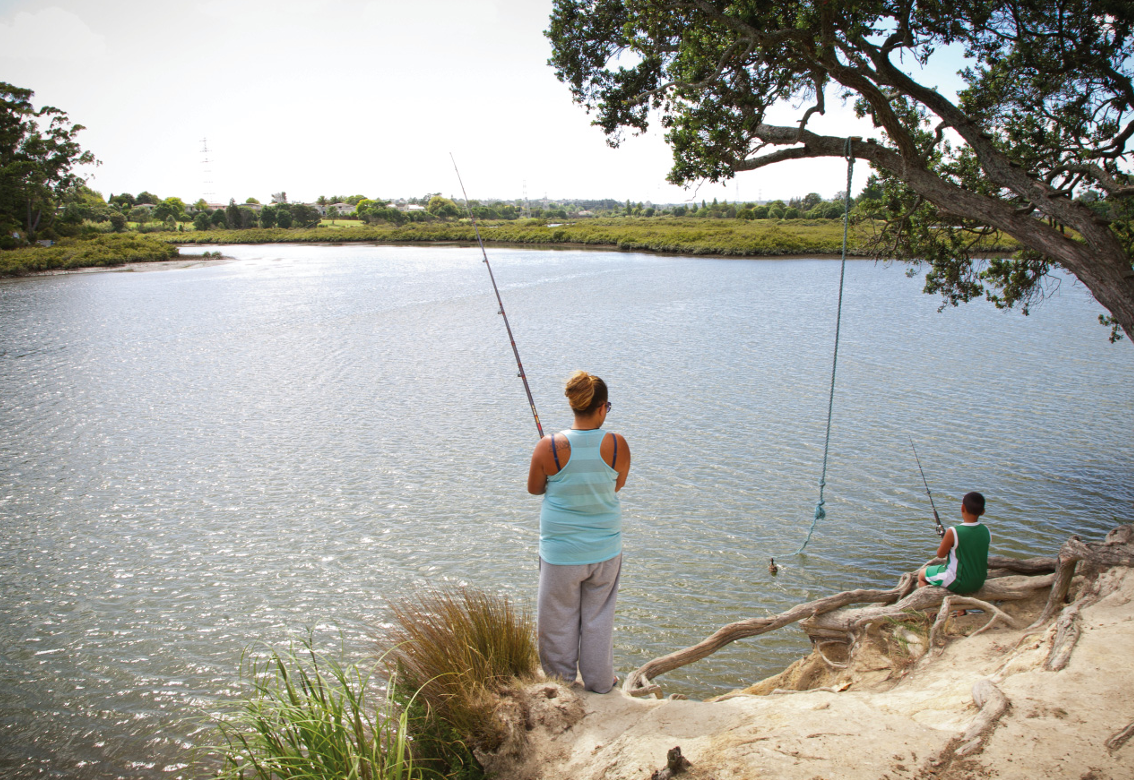
Māori Value Reports
Based on a Te Ao Māori worldview the Māori Value Reports take an in-depth view on Māori wellbeing. Through manaakitanga, whanaungatanga, kaitiakitanga, rangatiratanga and wairuatanga these reports provide Auckland Council with examples of how a Māori values approach can inform and strengthen decision-making.
Kaitiakitanga
Guardianship
Rangatiratanga
Autonomy and Leadership
Wairuatanga
Spirituality and Identity
Whanaungatanga
Relationships
Manaakitanga
To Protect and Trust
Māori Value Reports Applied
When Houkura launched The Māori Report 2016 it was the first of its kind, measuring Māori wellbeing from a te ao Māori approach and using the data for Tāmaki Makaurau. The Māori Plan, the Māori Report and the Māori Value Reports are used for prioritising and advancing the Schedule of Issues of Significance Report, for mana whenua and mātāwaka. We monitor Māori wellbeing to underpin our advocacy positions for areas like marae, cultural heritage, transport, housing, te reo and climate change, to ensure equity and improved wellbeing for Māori in Tāmaki Makaurau.
The Māori Value Reports can be used by:
Māori in Tāmaki Makaurau and across Aotearoa, to discuss wellbeing based in concepts from Te Ao Māori.
Decision-makers that work with Māori in Tāmaki Makaurau, for example councillors, planners and policy advisors that deliver programmes and initiatives for Māori.
Researchers and agencies to study trends in Māori wellbeing, to guide the development of research programmes, and to address data gaps.
The Māori Value Reports are a significant step towards defining and measuring wellbeing in ways that are meaningful to Māori and that contribute to positive change.

Māori Report Indicators
The Māori Report focuses on 23 headline indicators chosen to help us track Māori wellbeing in Tāmaki Makaurau across five Māori Values alongside four pou: cultural, social, economic and environmental.
The Māori Plan for Tāmaki Makaurau was created after wide-ranging consultation with mana whenua and mātāwaka communities. The first version identified over 100 indicators of relevance to Māori wellbeing. We then worked with Māori data and tikanga experts and with local and central government technical experts to identify a smaller set of headline indicators.
Criteria for indicator inclusion included:
relevance to Māori
validity; grounded in evidence
available and cost-effective
empowerment and enablement-focused
action-focused
able to be disaggregated
statistically sound and robust
timely and consistent over time
This work resulted in the framework and indicators in the Māori Report for Tāmaki Makaurau.








